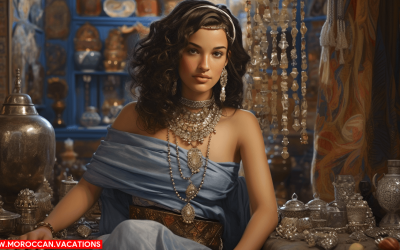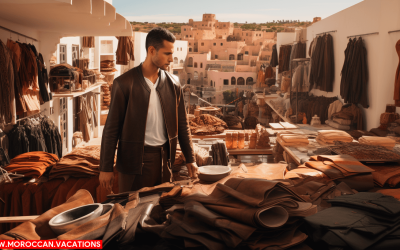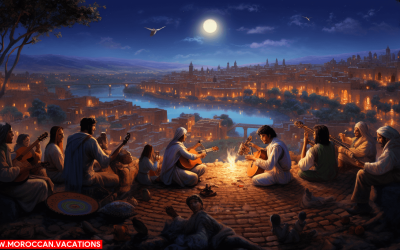Understanding the Moroccan Dance Heritage
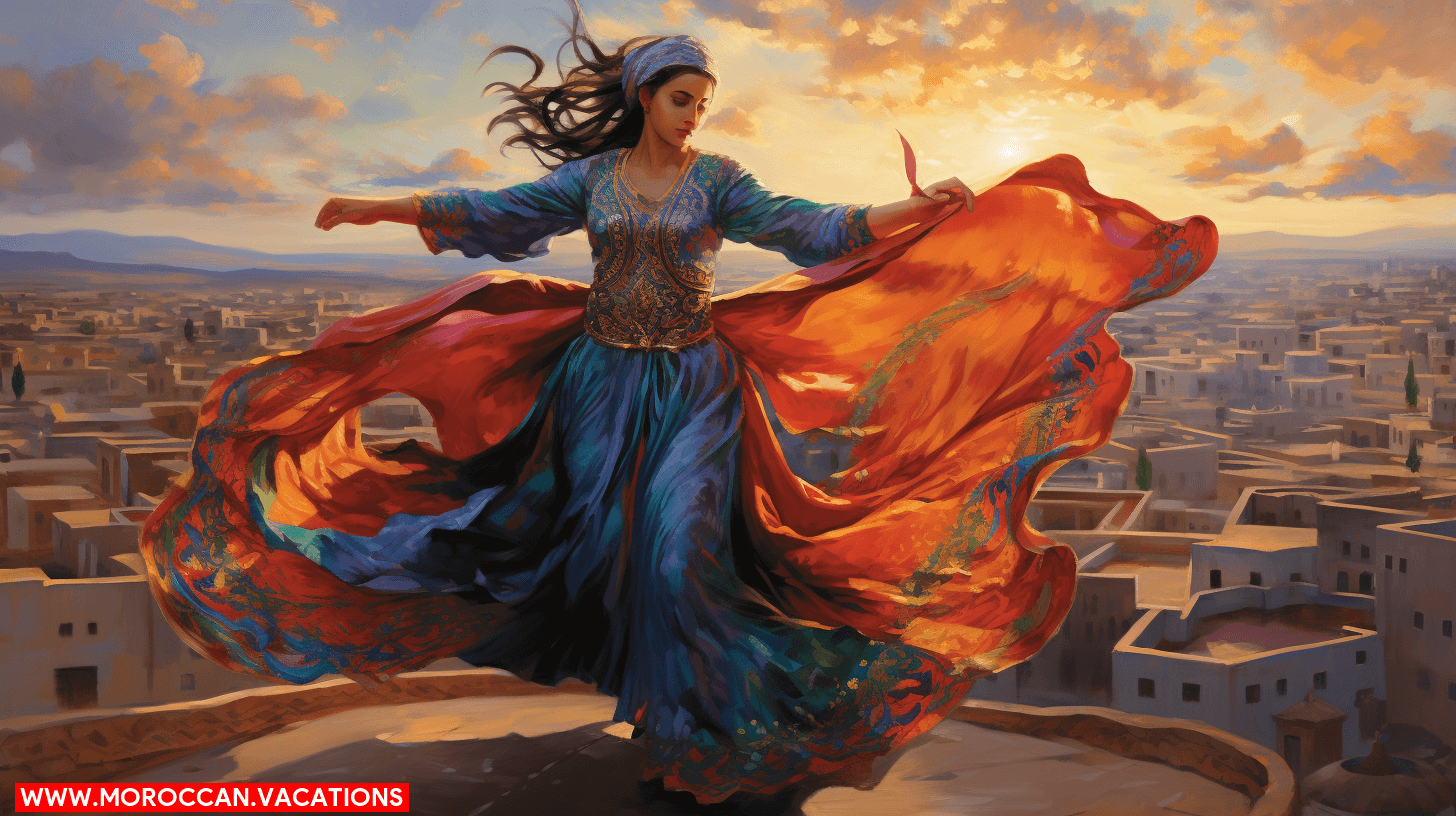

You’ve probably seen a belly dance, but have you experienced the vibrancy of Morocco’s traditional dances? They’re more than just movements, they’re stories, culture, and community wrapped in rhythm. From the energetic Chaabi to the spiritual Gnawa, you’re about to explore an intoxicating world that’s been captivating audiences for centuries. So, get ready, you’re stepping into the pulsating heart of Moroccan heritage. Let the rhythm take you on a journey where you’ll lose yourself and find freedom.
To fully appreciate the multitude of traditional Moroccan dance styles, you’ve got to delve into the rich and diverse dance heritage of Morocco. The dance costumes’ significance can’t be understated; each piece of attire is a story waiting to be told. From the vibrant, multicolored sequins of the Guedra dancers to the flowing, ornate caftans of the Ghawazi, every garment is a testament to the region’s cultural lineage.
You’re not just witnessing a dance; you’re exploring a living, breathing narrative, a timeless bond between the past and the present. The influence on contemporary dance is profound, as global choreographers frequently incorporate elements of Moroccan dance into their performances, drawing inspiration from its unique rhythms and movements.
Yet, at the heart of this heritage beats a spirit of freedom. The Moroccan dance is not merely a form of expression, it’s a celebration of liberty. It embodies a deep-seated desire to break free from the conventional, to embrace the unconventional, and to dance with the wind.
The Vibrant Chaabi Dance Style
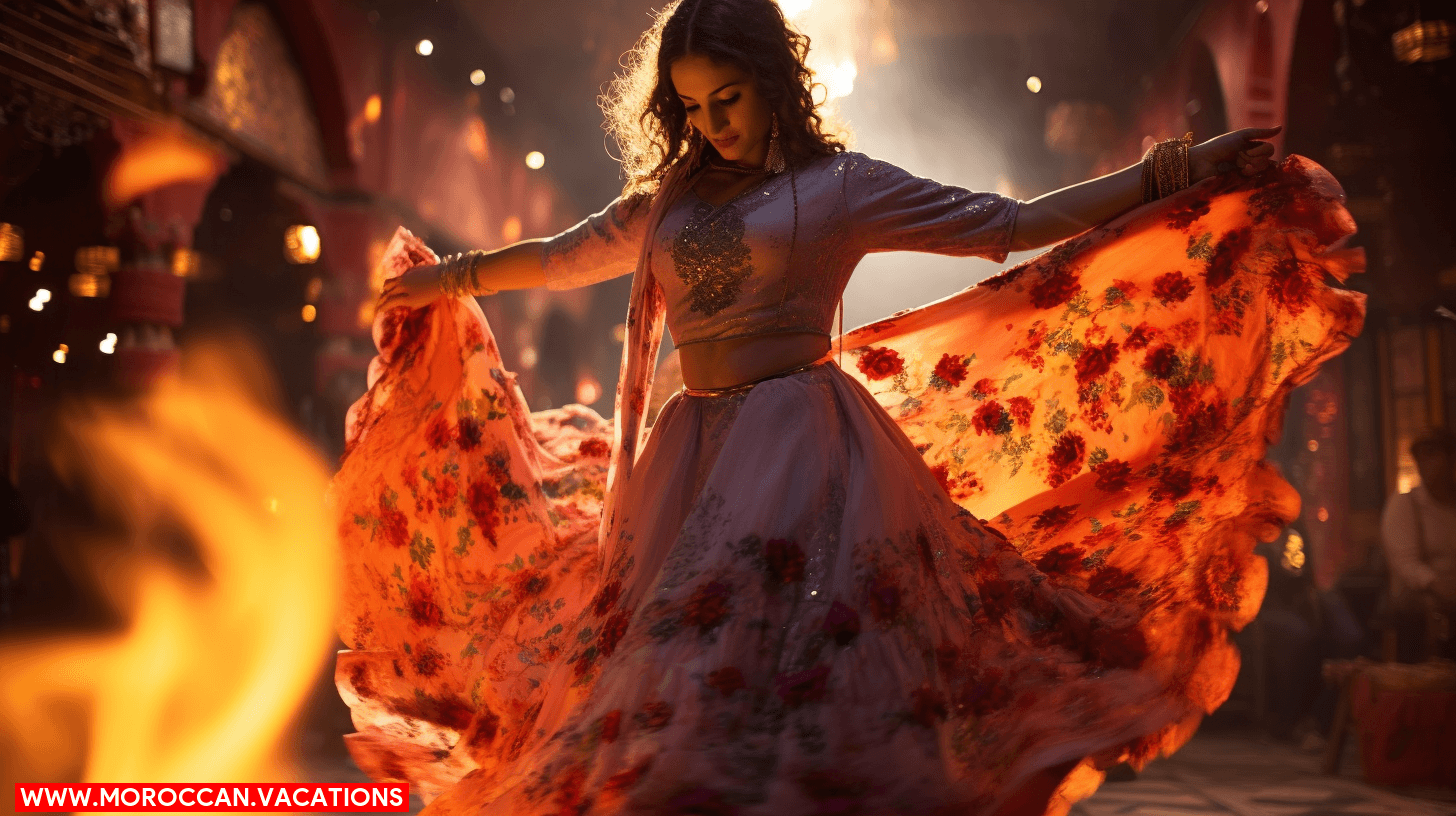

Diving into the vibrant world of Chabi dance, you’ll discover an energetic style that’s deeply rooted in the everyday life of Moroccan people. The rhythm, the moves, the costumes, all play integral roles in creating the lively ambiance that Chaabi dance is known for.
Chaabi’s rhythmic patterns are unique and infectious. They provide a pulsating beat that drives the dance:
The beat is usually characterized by:
High-energy percussive patterns
Use of traditional instruments like the darbuka and bendir
The dance costumes in Chaabi are colorful and decorative, enhancing the overall appeal of the dance:
These costumes often include:
Bright, flowing garments
Ornate jewelry and accessories
The dance moves are expressive and free-flowing, encouraging participation from everyone:
Dance moves typically involve:
Quick footwork
Spirited body movement
The Chaabi dance style is more than just a dance. It’s a celebration of life, freedom, and community spirit. It’s an opportunity for you to lose yourself in the rhythm, to express your emotions, and to connect with others in a vibrant, joyful setting. You’ll find that Chaabi’s rhythmic patterns and costumes not only add to the visual spectacle but also amplify the dance’s intrinsic energy and spirit.
Enthralling Beauty of Guedra
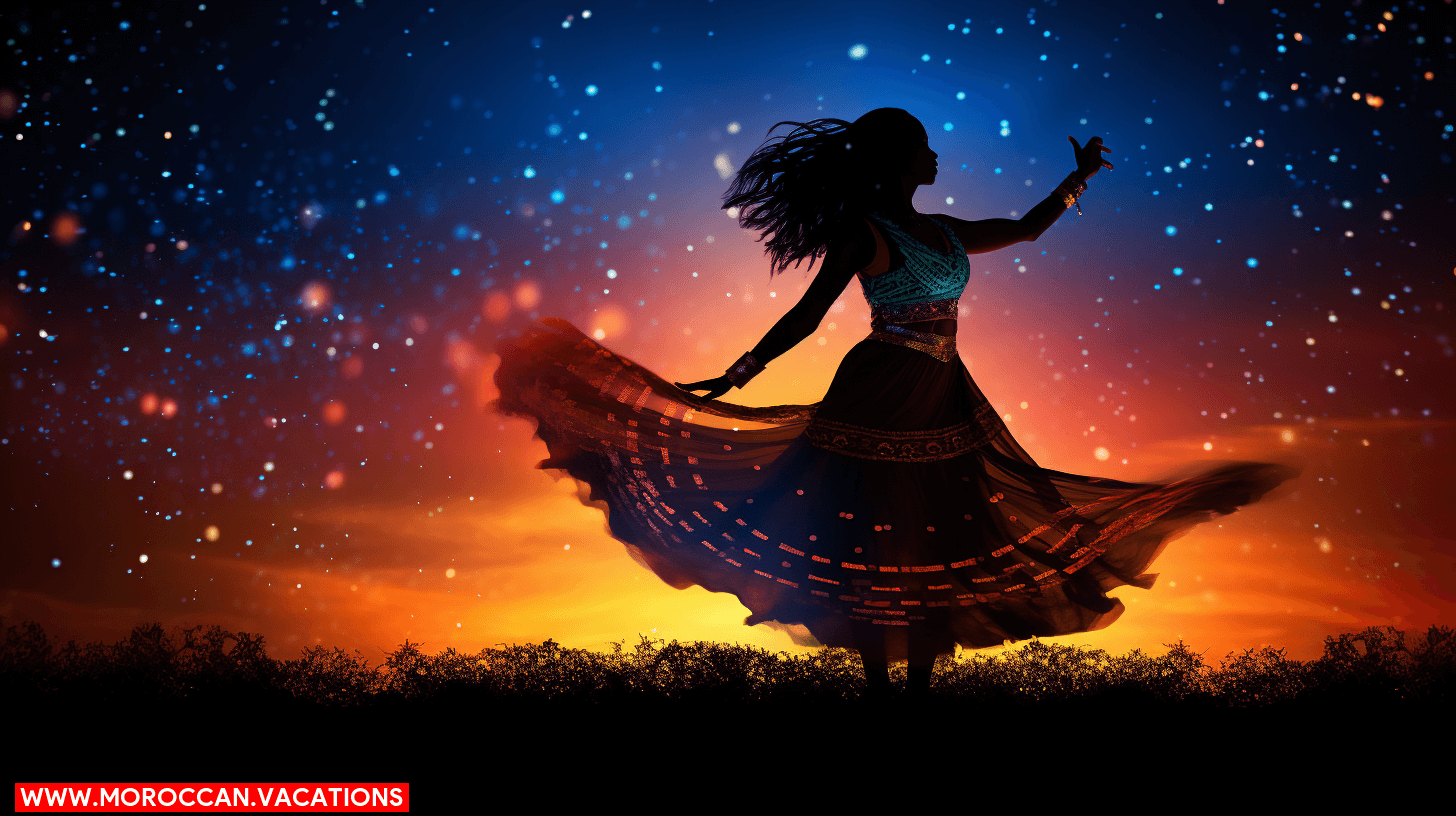

While you’re swept away by the vibrant energy of Chaabi, you’ll find a stark contrast in the hypnotic tranquility of the Guedra dance. This dance style captivates with its ritualistic elements and subtle movements, reflecting the calming simplicity and spiritual depth of the desert culture.
Guedra’s symbolism is inherent to its enthralling beauty, each dance element communicating profound meanings. The dancer, often a solitary female, represents the earth. She’s enveloped in a blue robe, symbolizing the sky and the sea, asserting that humans are inseparable from nature. The rhythm is driven by a simple drum, the Guedra, which mirrors the heartbeat, tying the performance to the very essence of life.
The ritualistic elements raise the dance to a spiritual level. It starts with a prayer and progresses through four stages, each representing different aspects of life and human emotions. The dancer’s movements, though minimal, are powerful, reflecting the struggle and triumph of life.
As you delve into the Guedra, you’ll find it’s more than a dance. It’s a reflection of a culture’s spirit, an exploration of life’s intricacies, and a celebration of the human connection to the universe. It’s a dance that compels you to seek, to understand, and to liberate.
Ahwach: A Community Dance Experience
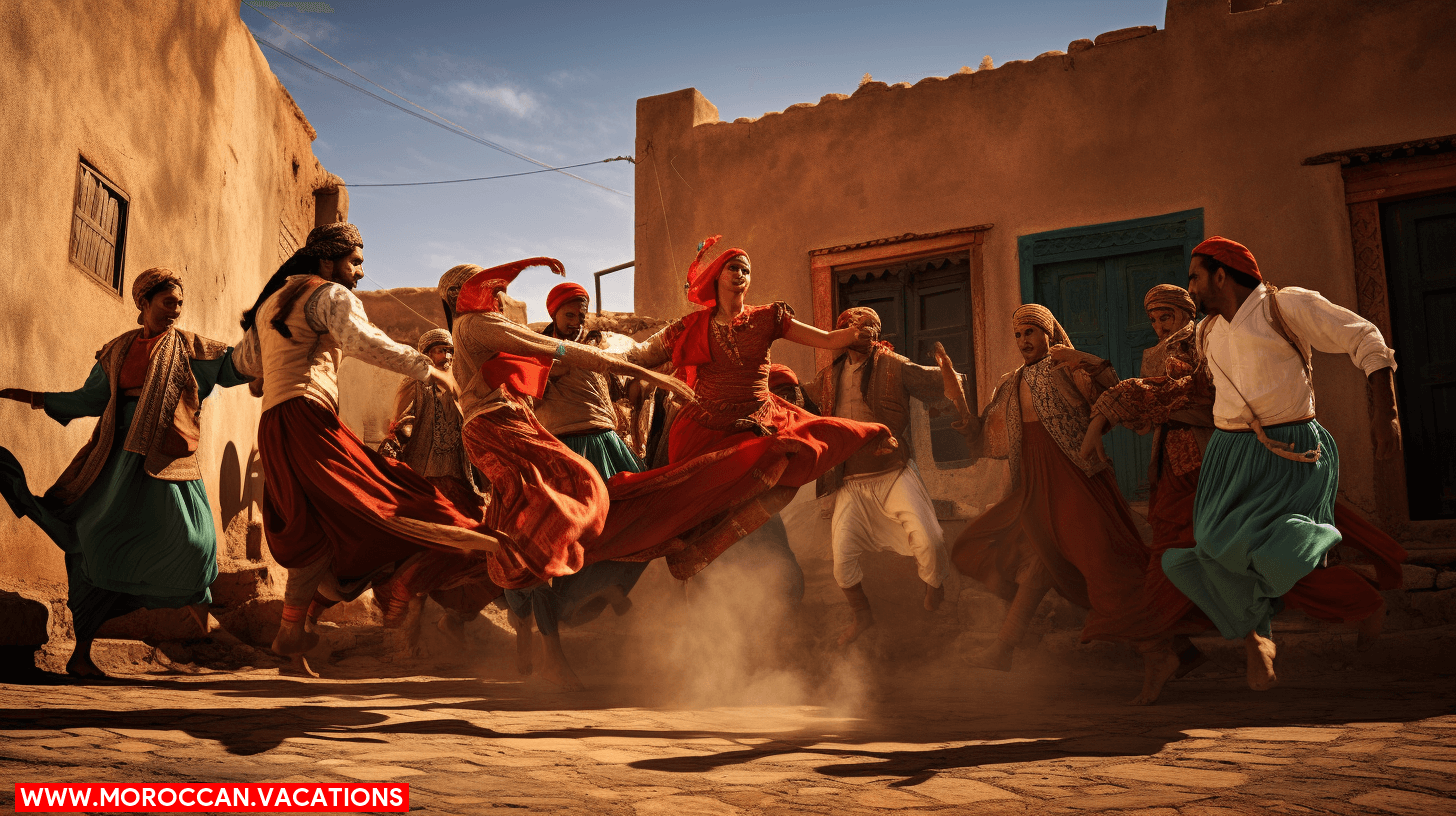

After immersing yourself in the solitary beauty of Guedra, you’ll find a vibrant shift in the collective energy of Ahwach, a traditional Moroccan dance that turns the performance space into a pulsating community gathering. Ahwach is less about individual performance and more about communal bonding. It’s a dance that breaks barriers, fosters connections, and celebrates shared experiences.
Ahwach symbolism is rich and multilayered. Here’s what you can expect:
The dance movements:
Symbolize unity, strength, and freedom
Echo the rhythms of daily life and seasonal changes
The music:
Harmonizes with the dancers, adding another layer of cohesion
Evokes the spirit of the community, its joys, and challenges
The costumes:
Reflect the local culture and traditions
Showcase the vibrant and colorful aesthetics of Morocco
The Passionate Aita Dance Form
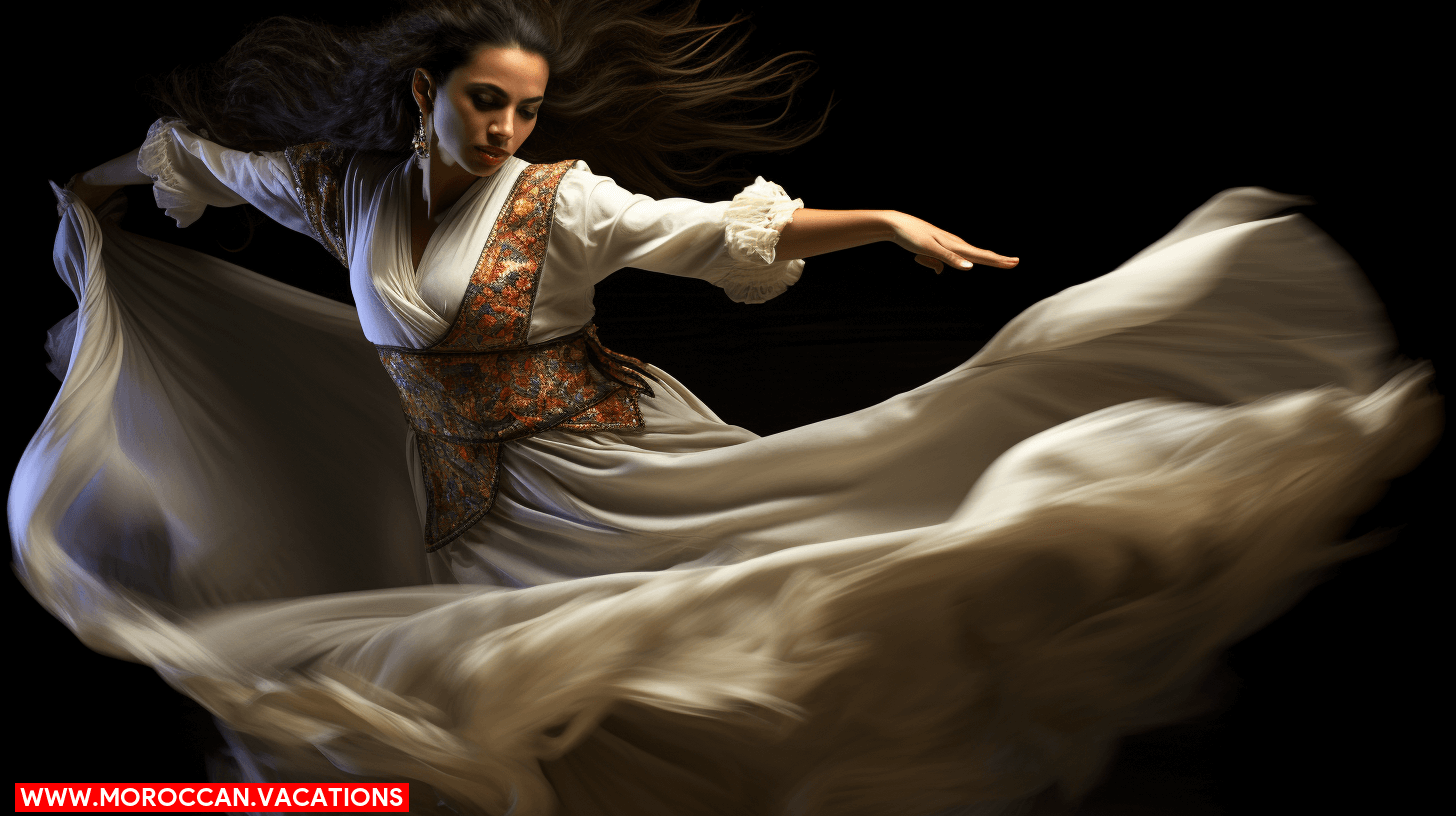

Shifting your attention from the communal spirit of Ahwach, you’ll encounter the fiery passion of Aita, another Moroccan dance style that’s sure to captivate you. Expressive and powerful, Aita’s influence permeates the Moroccan music and dance scene, and is deeply embedded in the cultural fabric of the nation.
Aita, meaning ‘call’ or ‘cry’ in Arabic, is more than just a dance. It’s a fervent expression of freedom, an exuberant celebration of life, and a rich tapestry of Moroccan heritage. Steering away from the uniformity of Ahwach, Aita revels in the individuality of the performer. The dancer, unbridled and unchained, communicates their deepest emotions through sweeping movements and evocative footwork.
The cultural significance of Aita lies in its ability to encapsulate the trials, tribulations, and triumphs of the Moroccan people. Each twirl, leap, and stamp is a chapter from their collective history, a narrative that resonates deeply with the audience. The dance form is a conduit for the Moroccan spirit, a testament to their resilience and their relentless pursuit of freedom. As you immerse yourself in the riveting performance of Aita, you can’t help but feel a part of their story.
The Spiritual Journey of Gnawa Dance
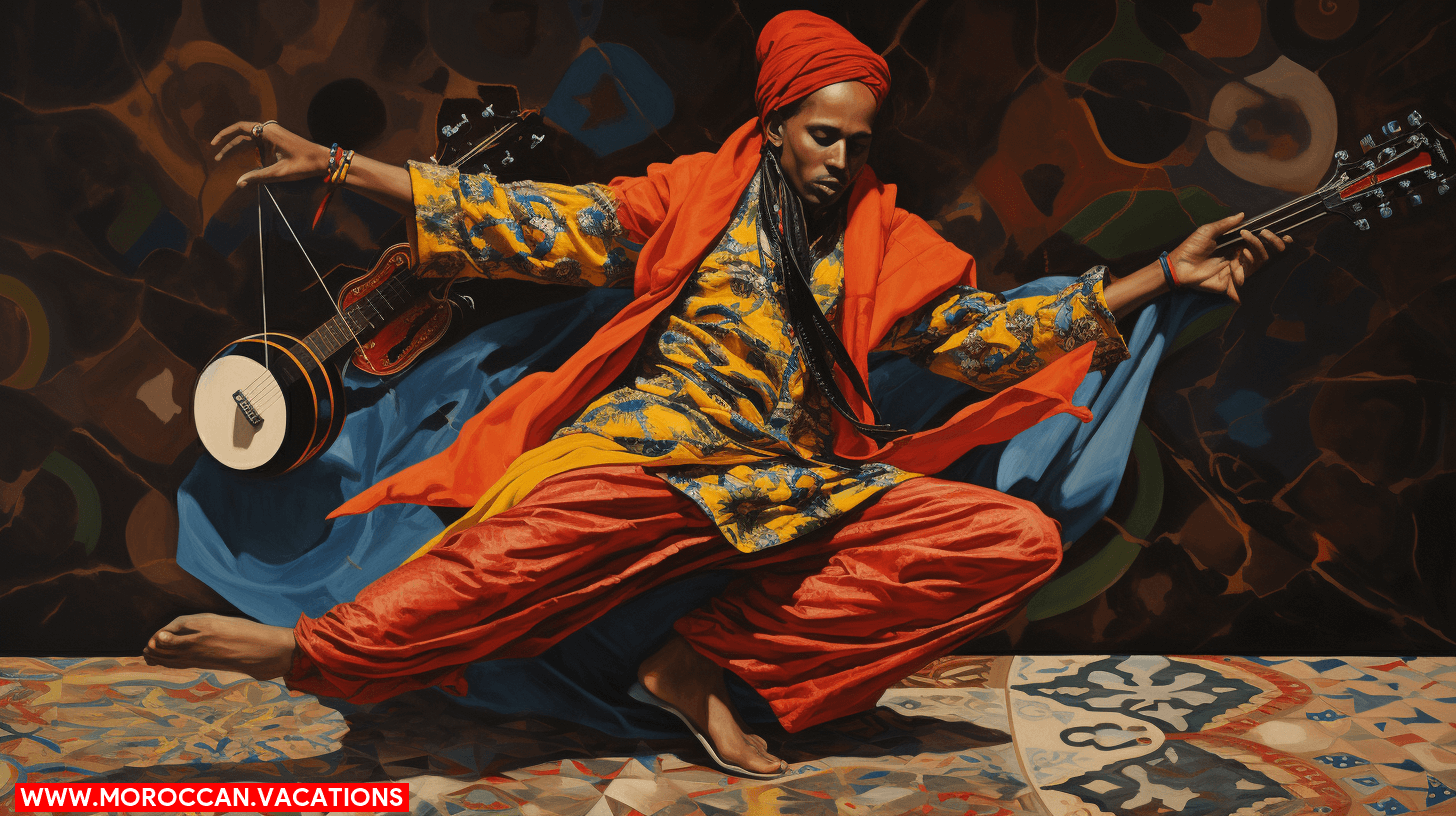

Transitioning from the passionate energy of Aita, you’ll embark on a spiritual journey with the Gnawa dance, another traditional Moroccan dance style that’s steeped in mysticism and religious symbolism. As you lose yourself in the rhythm, you’ll begin to understand the profound depth of Gnawa mysticism that permeates every ritualistic movement.
Gnawa dance offers a unique window into:
The world of trance and spiritual healing.
The dance opens a path to mystical experiences, leading you beyond the physical realm.
The repetitive, hypnotic movements are designed to induce a trance state, a crucial element in Gnawa healing ceremonies.
The fusion of African and Islamic influences.
Gnawa incorporates elements from Sub-Saharan African traditions and Sufi Islam, creating a dance style that’s both deeply spiritual and culturally diverse.
The symbolism of liberation and freedom.
The dance embodies the struggle for freedom, with each movement symbolizing the breaking of chains. This can resonate strongly with an audience that desires freedom.
As you delve deeper into the spiritual journey of Gnawa dance, you’ll find the dance isn’t just about the movements—it’s a gateway to a higher spiritual understanding.
Introducing Ayoub Karbachi, a brilliant wordsmith and curator of the Moroccan Vacations website. Prepare to immerse yourself in mesmerizing narratives and extraordinary moments, as he unveils the allure of Morocco's captivating destinations like never before.
Related Articles
A Fashionista’s Guide to Incorporating Traditional Moroccan Jewelry in Modern Style
Discover the perfect blend of tradition and modernity with our Fashionista’s Guide to Incorporating Traditional Moroccan Jewelry in Modern Style. Explore timeless pieces that effortlessly elevate your contemporary wardrobe. Uncover the secrets of merging cultural richness with fashion-forward flair. Elevate your style with the allure of Moroccan jewelry – where heritage meets haute couture.
From Tanneries to Luxury Boutiques: A Journey Through Morocco’s Leather Industry
Embark on a captivating journey through Morocco’s vibrant leather industry, from traditional tanneries to upscale boutiques. Explore the rich heritage and craftsmanship behind each piece, unveiling the essence of Moroccan culture and luxury.
A Guide to the Most Popular Moroccan Festivals and Dates
Discover the vibrant tapestry of Moroccan culture with our comprehensive guide to the most popular Moroccan festivals and their dates. From colorful celebrations to traditional rituals, immerse yourself in the rich heritage of Morocco’s diverse festivals.

